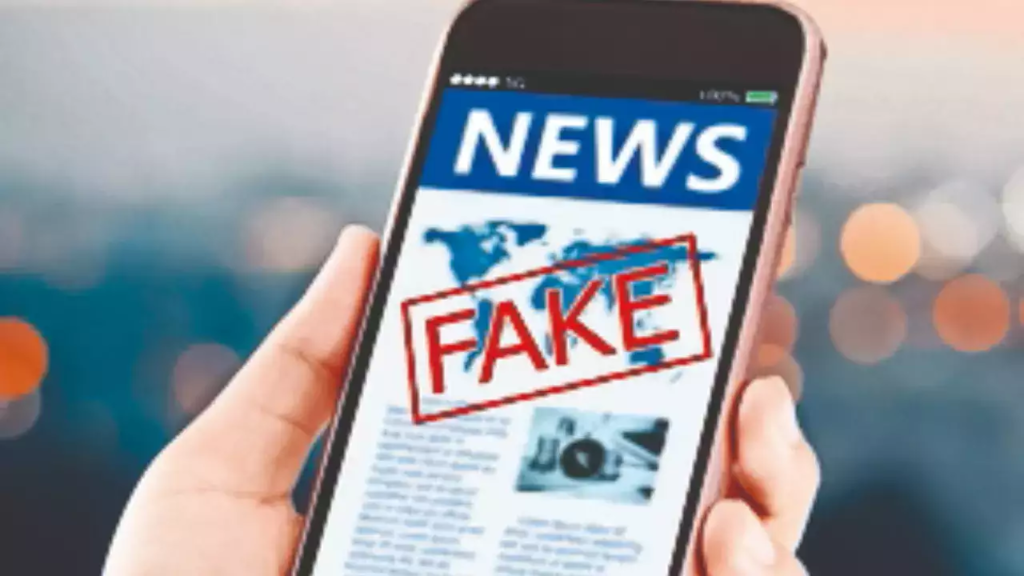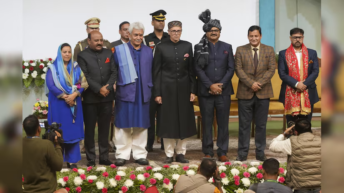|
Listen to article
Getting your Trinity Audio player ready...
|

In many countries worldwide national governments and international authorities are trying to edict and enforce legal and technological measures to prevent and punish the publication and dissemination of what is generally described as ‘fake news’, regarded as harmful to society in general or to certain specific interests, groups or communities. The all-pervasive reach and quasi-universal availability of social media has logarithmically increased the amount and impact of information, accurate and false or misleading. Although many claims made on the Internet are too absurd or exaggerated to be taken seriously by any sensible person -and there are alas people gullible enough to believe in anything – there is plenty of sophisticated and malicious mendacity intended to harm or discredit people, states, corporations (and almost any other entity) that cannot be so easily ‘debunked’ when the authors cite apparently credible sources and make up plausible stories. Which one of us has not been at least temporarily misled by a news item that sounded genuine? The old proverb: Truth is often stranger than fiction illustrates the difficulty in untangling fact from fantasy or simply detecting spin. Another relevant proverb is that truth is the first casualty of war, which is increasingly present in our daily lives, at least vicariously.
Let me refer to a few instances of allegations taken seriously by many people in India and abroad. The Indian novelist Arundhati Roy has, in a recent article in the major Spanish newspaper El Pais, repeated her longstanding claim that the BJP government is ‘dismantling’ democracy and that the current Indian state is tyrannical and rules by fear, oppression of minorities and repression of dissent. Earlier, US Democrat Congresswoman Ilhan Omar warned that ‘two hundred million’ Muslims in India are at risk of extermination by Hindu fanatical forces. These incendiary statements are not backed by any relevant and verified facts and are contradicted by simple objective observation of current conditions and by the historical background in India. Yet, the statements come from people who are regarded as credible by many (because of Roy’s fame as a writer and of Omar’s status as a legislator and a leftist campaigner for Muslim rights). Furthermore, certain powerful nations and influential interest groups in various parts of the world find such accusations politically or religiously convenient and avoid speaking against them, claiming that they reflect the freedom of expression even though other, often less pernicious declarations incur heavy sanctions (including ban from social media platforms) and legal penalties as well, when tagged as ‘hate speech’, a label not always easy to define.
During the COVID crisis, comments critical or dismissive of restrictions and mandates imposed by governments without democratic consultations were censored and their authors had their accounts closed without any legal procedure because unelected ‘scientific’ authorities had decreed that they were spreading fake news. More recently it has been found however that such objections and observations made by several eminent physicians and immunologists were valid: masks were ineffective in open uncrowded spaces, general confinements were uncalled for, there were available medicines that India used with good results but which were banned by governments in several ‘advanced’ nations that mandated instead mRNA experimental injections neither safe nor useful. Various health authorities in the world are now admitting that they acted under the advice of leading consulting firms; the latter being contractually tied with pharmaceutical laboratories which knew that their novel genic therapies were hazardous to health but still brought them to market in breach of safety regulation, demonstrably for financial profits.
The assessment of fake news is not always objective. Even scientific knowledge is not a final criterion as it is subject to revision and doubt. We only have to think of the continuing debate on climate change to realise that the nature of what we experience on the planet lies somewhere between the conclusions of those who predict an imminent extinction of life by human-made global warming and the objections of those – including several recognised scientific experts – who see only cyclical planetary changes, like many others in the past millions of years.
The most vexing truth is that in certain countries State-sponsored organisations are known to spread fake news with specific motives. Disinformation is a political weapon since the dawn of history. The Pakistani government indulges regularly in this practice (with regard to India, Kashmir, the Taliban, Al Qaida, terrorism et al.) but it is by no means the only one. The USSR was known for its state media’s distorted coverage of internal politics, social problems and foreign developments. The US cannot be outdone in this regard and the CIA is known to have created the ubiquitous term ‘conspiracy theory’, to discredit those who highlighted the flaws in the official account of President John F Kennedy’s assassination. The same qualification was applied to many other popular speculations and rumors as well as to detailed and well-supported exposes of the Government’s deceptiveness. The US Intelligence complex even funded tabloids such as The National Inquirer to spread false news mixed with some true but officially unpalatable ones. Many formerly ridiculed and officially discredited stories, long dismissed as ‘fake news’, are now acknowledged as being wholly or partly factual, such as the sordid contents of Hunter Biden’s laptop, rejected by almost all mainstream media as ‘Russian propaganda fabrications’ for several months but now known to be scurrilously and distressingly authentic.
The blanket disqualification of embarrassing revelations as ‘fake news’ can manifestly be used to protect some who are too powerful to be exposed.
All this tells us that attempts to censor allegations contradicting official and ‘consensual’ versions of events are likely to increase popular suspicions and cynicism. Appointed ‘Fact checkers’ are often suspected of working for one party or upholding a particular ideology, as has been shown again and again in the context of the giant Internet platforms. There is visual evidence, for instance, that on the 6th of January 2020 in Washington DC crowds of protesters were allowed and escorted into the Capitol Building by the police, but that was denied in principle by ‘liberal’ media that described the protestors as Putschists.
The mainstream press can be a loudspeaker for biased news in the service of those who control it. Recently the French international TV channel LCI subtitled a photo of President Macron’s handshake with President Xi with the caption: ‘China distances itself from Russia’ which could be seen as bordering on ‘fake news’.
While taking pride in their tolerance and lecturing the world about the need for press freedom, Western ‘democratic’ governments have closed down Russian TV channels, RT and Sputnik among others after accusing them of carrying hostile propaganda but without citing any specific instance of ‘made up information’. On the other hand, several widely publicised stories of ‘Russian atrocities in Ukraine’ were not based on proof and only echoed Ukrainian allegations. As regards the USA and its allies they have made it clear that they don’t wish to discuss the circumstances of the destruction of the Nordstream II Russo-German pipeline nor do they acknowledge the presence of their military personnel alongside the Ukrainian army in an undeclared war with Russia in a country which is neither a NATO ally nor an EU member.
Between fake news, conspiracy theories, and hidden truths and cover-ups, distinctions are hard to make. The combination of human nature and modern technology makes it increasingly difficult to discern truth from lie or fiction but the principle of freedom of expression is more important than the need to censor or punish what is held (rightly or wrongly) to be false. The legal recourse, with the required burden of proof, is the only bona fide weapon to deter and punish libel and calumny.






Add comment